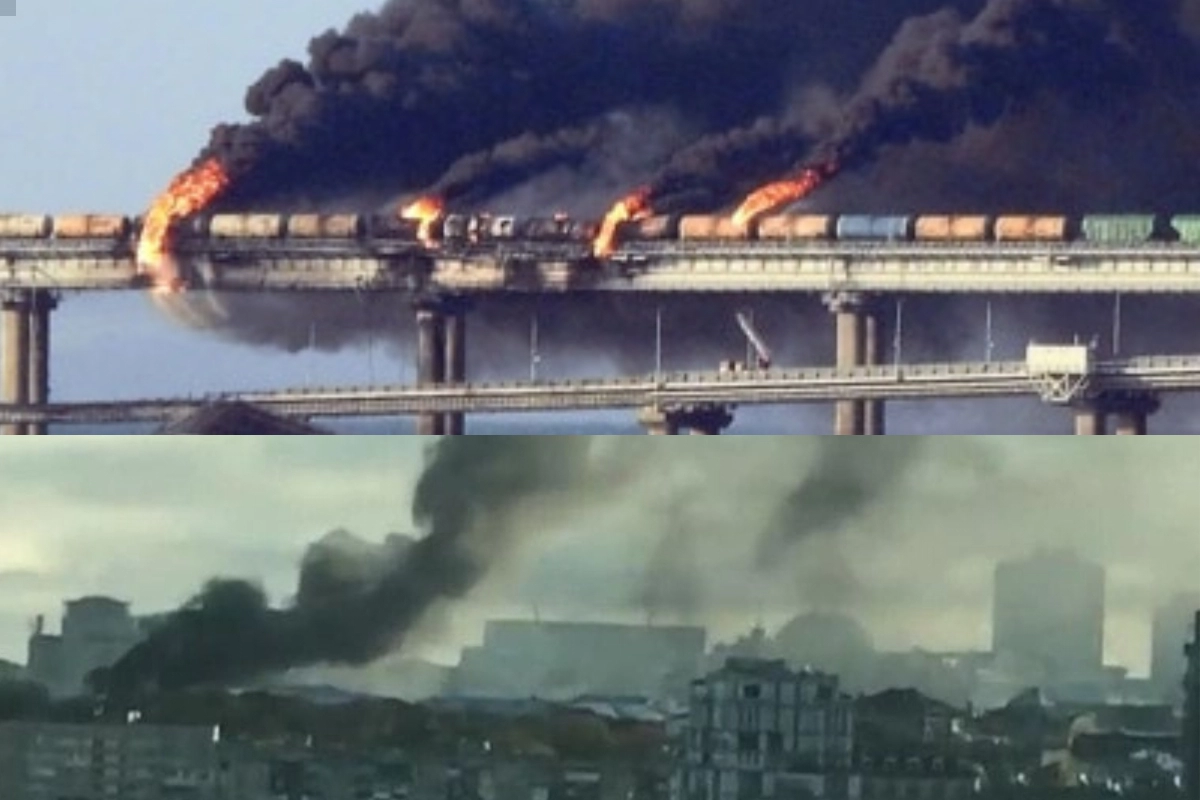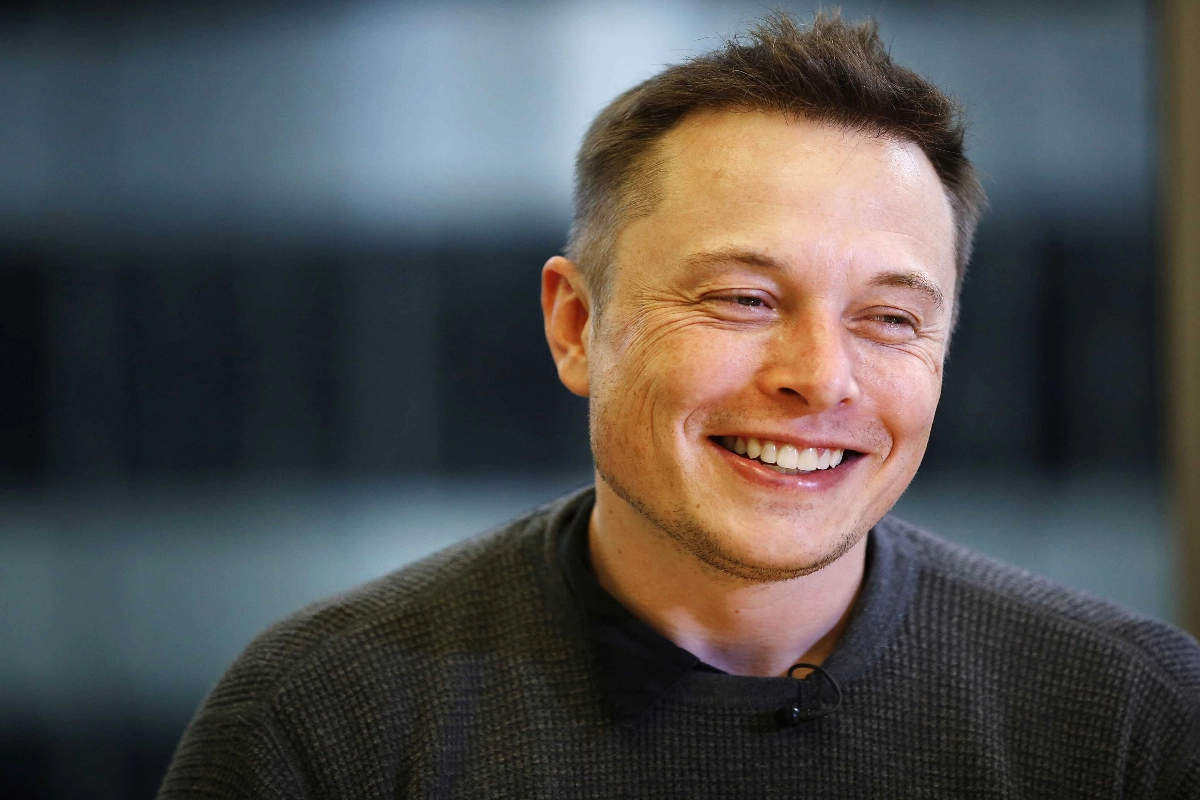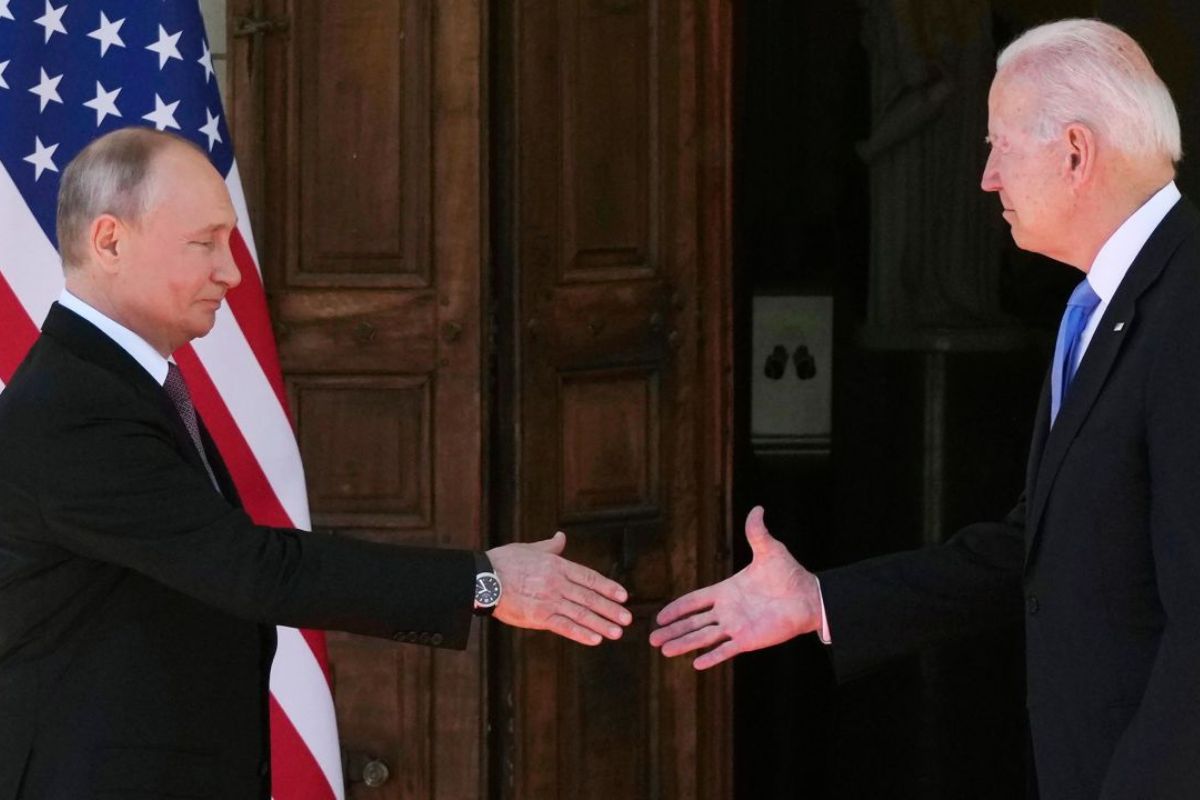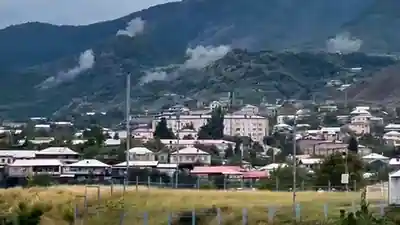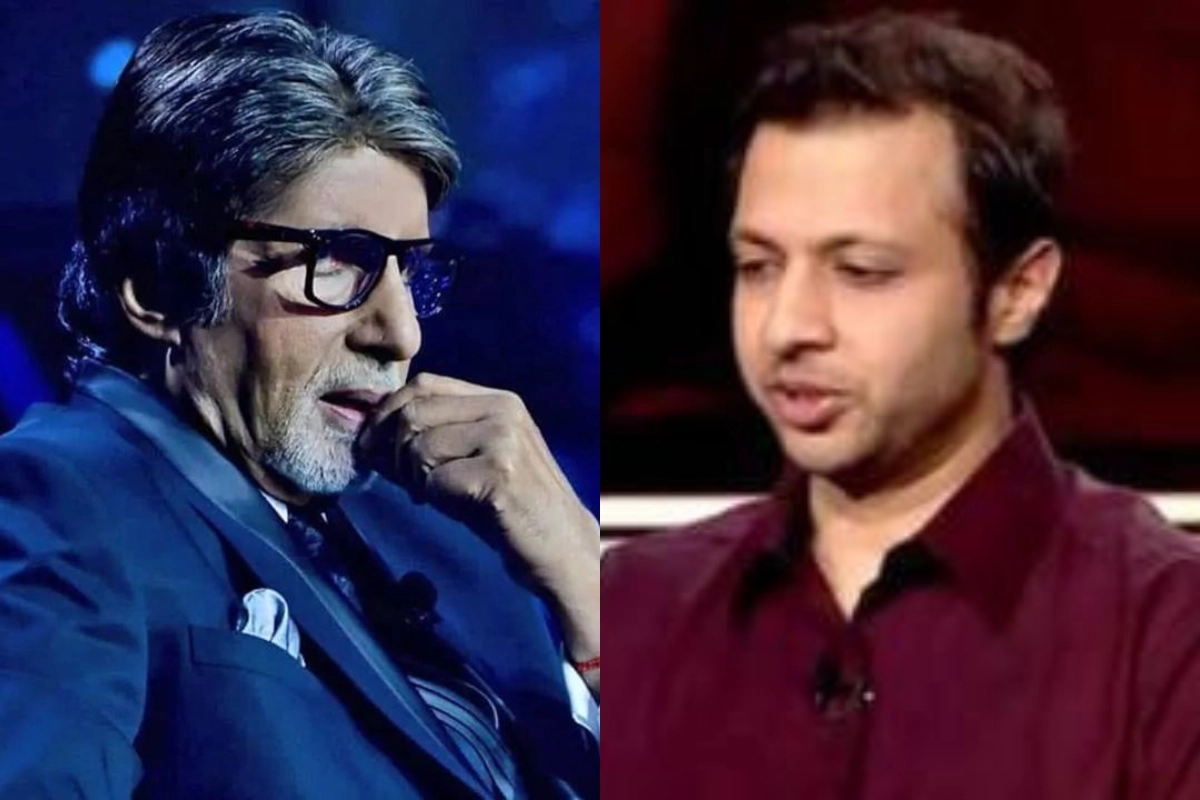Russia-Ukraine War: Eight months into Russia’s conflict in Ukraine, some European countries that have supplied Kiev with weaponry are running low, and it might take years for defence contractors to make up the difference.
According to persons acquainted with the situation, NATO states are pressuring businesses to increase output to assist them restock- to both replenish Ukraine and fortify their own inventories in an environment of increased tension. At the same time that his troops are experiencing severe setbacks on the ground in Ukraine, Russian President Vladimir Putin is increasing his warnings, including the threat of a potential nuclear attack.
Putin Threatens Additional Attacks on Ukraine Following Missile Barrage
Since Russia’s invasion in February, Kyiv’s allies have already brought in billions of dollars’ worth of weapons, ammunition, and equipment. According to some of the sources, this is putting pressure on ammunition stocks, particularly 155 mm artillery shells, of which the US has handed Ukraine well over a million rounds since the start of the war.
Governments are gradually realizing that Ukraine will likely require military help for years to come, and as a result, demand for air defence and anti-tank weapons along with other equipment is rising in the US and Europe, according to defence corporations. However, after decades of little demand, expanding manufacturing swiftly will be difficult.
As the conflict carries on, Ukraine’s allies might be inclined to reduce their assistance out of concern for their own security requirements, which could lead to the kinds of rifts Putin is hoping to exploit in addition to concerns over oil access in Europe. Apart from multiple launch rocket systems, Ukraine’s allies have mainly sent it Soviet-era armaments and tanks, both of which are in short supply.
We need to swap out those stocks with more contemporary firearms. The North Atlantic Treaty Organization needs more weapons at the same time to strengthen the alliance’s position on its eastern flank.
Also Read: Gold Rate Today: Gold Became Cheaper Before Karva Chauth, Here is the Rate List
NATO formerly feared a victory for Putin; now it is concerned about his defeat.
Following a meeting of national armaments directors in late September, defence ministers will meet in Brussels this week to talk about these challenges. Following that meeting, Secretary General Jens Stoltenberg indicated that increasing NATO stocks would guarantee that Ukraine could continue to receive assistance.
Before supply catches up with demand, it can take years. Defense companies confront challenges when trying to scale up manufacturing. Following the end of the Cold War, many countries reduced their defence budget, and European defence companies will also need to alter their production lines as the emphasis on equipment returns to what has worked for Ukraine.
According to data from NATO, which bases the figures on 2015 prices and exchange rates, defence spending in Europe and Canada totaled almost $310 billion in 1990 before declining for two decades. Only after Russia occupied Crimea in 2014 did spending begin to increase.
Burkard Schmitt, defence and security director of the AeroSpace and Defence Industries Association of Europe, stated, “We’ve been functioning in that modus for decades and now all of a sudden we’re entering a totally different ball game.” You must scale up significantly, which requires a tremendous amount of work and time since you must reconfigure everything.
In addition, businesses are having trouble obtaining certain semiconductors and rare earth metals, and there is a shortage of skilled labour.
Greg Hayes, the chief executive officer of Raytheon Technologies Corp., stated on an analyst call on April 26 that the company would not see orders for larger replenishments of Stinger missiles and Javelin anti-tank munitions before 2023 at the earliest. He cited challenges locating the materials required to produce them. Stingers and Javelins both contributed to Ukraine’s victory over Russian forces.
Hayes stated at the time, referring to the Pentagon, “Unfortunately, DoD hasn’t purchased a Stinger in nearly 18 years and some of the components are no longer commercially accessible.” He claimed Raytheon will need to rebuild a few of the missile’s electrical components, and “that’s going to take us some time.” A $624 million deal to build 1,300 Stinger missiles for the US Army was subsequently granted to the business in May, along with assistance to “address obsolescence, update key components, and speed production.”
On July 20, Eric Trappier, chief executive officer of Dassault Aviation SA, echoed concerns about supply chains and a lack of experienced personnel, highlighting the fact that it would take at least an additional year to improve the manufacturing rate of its fighter aircraft which already take approximately three years to manufacture.
Trappier remarked, “We need time to accelerate. If we have to accelerate, we will accelerate. We are unable to hasten the delivery of fighter aircraft by simply clicking our fingers.
Although allies haven’t provided Western-made fighter jets to Ukraine, the European Union suggested member states update their fleets of multi-role fighter aircraft in a defence investment gap review issued in May. It also recommended that nations invest in frigates, submarines, and high-end networked ships in addition to updating and expanding their fleets of main battle tanks and armoured fighting vehicles.
Also Read: Electric Flying Taxi Introduced in Dubai| Watch Video
Eight years of conflict made Ukraine’s army more resilient and successful.
In order for businesses to make long-term manufacturing investments, officials are attempting to figure out how to better explain their procurement demands to industry. Given the shelf lives of some weapons, governments must be cautious about excessive stockpiling even as they seek to replenish their supplies.
This limitation was made clear in August when, according to media reports, Spanish Defense Minister Margarita Robles declared her country would not supply Ukraine the Leopard tanks it had been considering because it had discovered them in a terrible state following years of inactivity.
After the national armaments directors meeting, William LaPlante, the US defence acquisition head, told reporters, “The industry both in our country and throughout the world want to know if there is a sustainable longer-range plan for this production.” “And not that this will be something that has historically been feast or famine; that we go into panic mode, we raise output, and then when the crisis gone, we just go back to low production again,” she continued.
Allies, according to LaPlante, were considering establishing more precise requirements. For instance, it would enable the use of ammunition in artillery made elsewhere while nations would contemplate cooperative procurement to generate greater orders for industry.
According to Lucie Beraud-Sudreau, director of the military expenditure and arms production programme at the Stockholm International Peace Research Institute, while defence spending has elevated since Russia’s invasion, it’s uncertain how long that will continue to be the case, particularly in Europe where nations face a potential energy crisis this winter.
She asserted that countries’ expenditure requirements will rise more if they are to stay up with China in terms of their investments in cutting-edge technologies.
There will be trade-offs because of the challenging economic climate we’re entering, according to Beraud-Sudreau. “European governments will soon face challenging decisions.”
Keep watching our YouTube Channel ‘DNP INDIA’. Also, please subscribe and follow us on FACEBOOK, INSTAGRAM, and TWITTER


